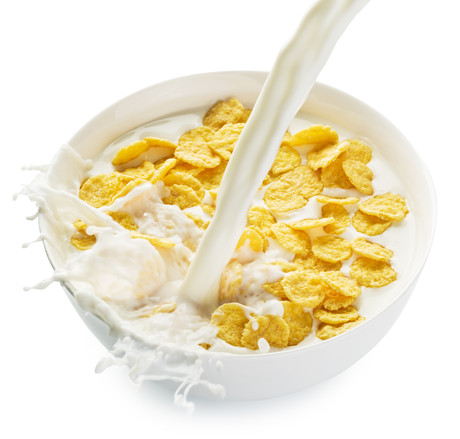Predicting more accurate milk 'sell-by' dates

For a long time, consumers have been torn between religiously following 'sell-by' and 'use-by' dates and discarding edible milk, and ignoring them only to drink spoiled milk. This is because these dates tend to be guidelines, so how can we make them more accurate?
Cornell University food scientists have created a new predictive model that examines the emergence of spore-forming bacteria in milk, and this has found lower temperatures could help extend shelf life.
Dates on milk cartons often lead to unnecessary waste. Martin Wiedmann, food safety professor and a senior author, said, "Often there is little science behind those dates, as they are experience-based guesses. The goal of this research was to put good science to use, reduce food waste and reduce food spoilage."
It is possible for some spore-forming bacteria to survive along the entire milk production path. Ariel Buehler, the paper's lead author, said they have been found in farming soil, silage, feed, cow bedding material, milking equipment and raw milk. They even have the ability to survive and grow in pasteurised milk, and when this happens, they can cause off-flavours and curdling.
"This is a considerable problem. If we can reduce the spoilage from spore-forming bacteria — by reducing their presence and by controlling their outgrowth — we can see the shelf life for milk improve from two weeks to perhaps a month," said Nicole Martin, research support specialist at Cornell's New York State Milk Quality Improvement Program laboratory.
The dairy industry is increasingly using microfiltering to remove spores in milk. The team's predictive model showed that temperature is an important factor in spore-forming bacteria and therefore the shelf life of milk. In a refrigerator temperature of 6°C, 66% of milk half gallons were spoiled after 21 days. However, lowering this temperature to 4°C reduced the spoilage to 9% in the same time period.
Wiedmann said that in five to eight years, stamped dates on milk containers could be replaced by scannable barcodes and time-temperature indicators to provide a more accurate shelf-life prediction.
"This is the foundational work that could get us there, where consumers could manage their food inventory in the fridge," said Wiedmann. "That's the vision."
The research was published in the Journal of Dairy Science.
Matthews' stand offering deep 2D barcoding intel at FoodTech Qld
2D barcode demonstrations will be part of Matthews' offerings on its stand at FoodTech Qld in...
Out of the box: 2025 PIDA Awards finalists announced
Finalists have been announced for the 2025 Australasian Packaging Innovation & Design (PIDA)...
Registrations open for Australasian Packaging Conference
Early-bird registrations are now open for the 2025 Australasian Packaging Conference, coordinated...














